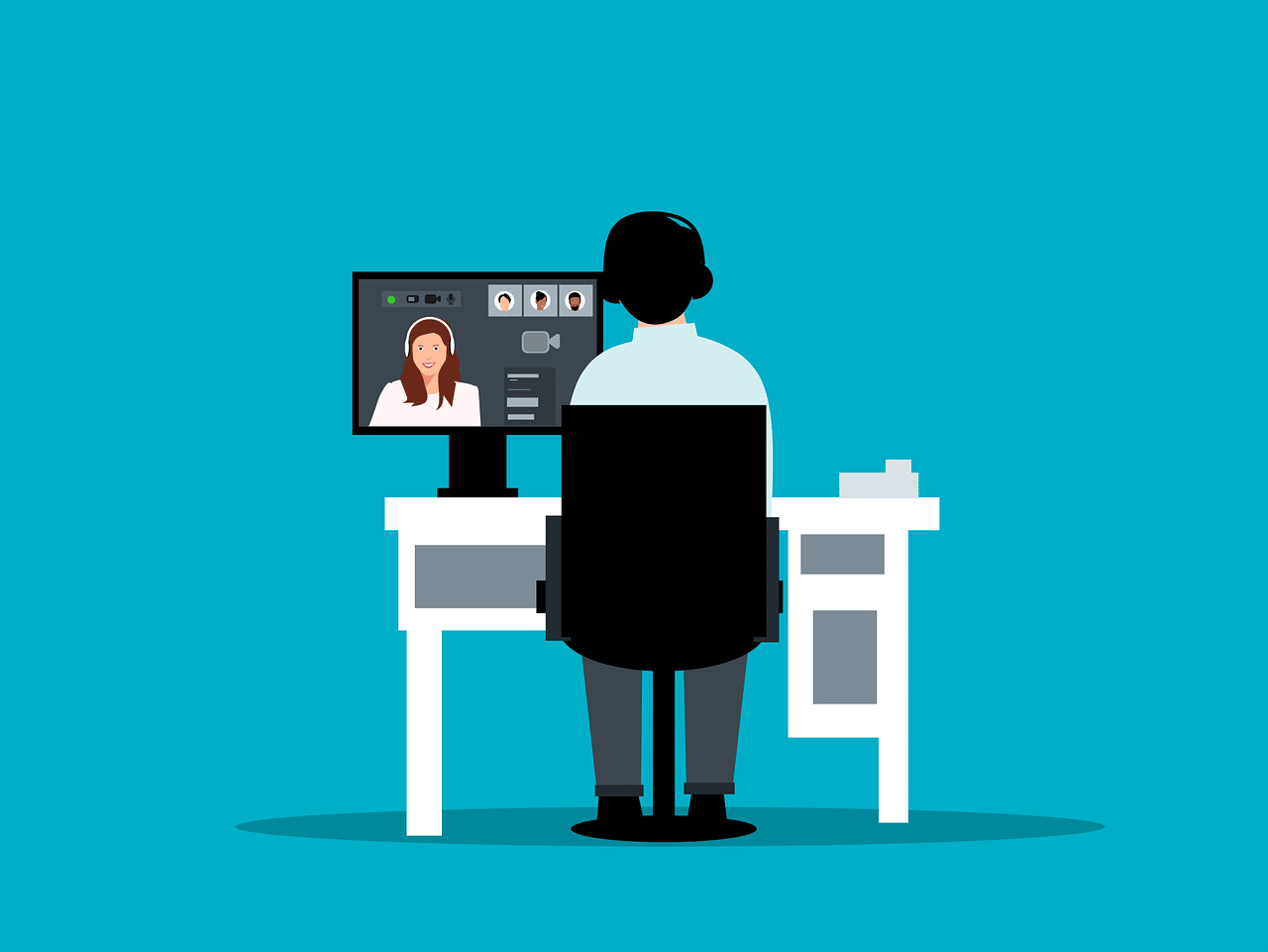
How has the remote/hybrid work model affected customer service? This phenomenon – which gained traction because of the pandemic – is clearly here to stay in many cases. But customer expectations have not changed – in fact, they have accelerated. Today’s consumer is savvy, sophisticated, and less inclined to practice brand loyalty unless it’s truly earned. Are these consumers being attended to at the same level by remote and/or hybrid employees? Let’s take a look.
If the pandemic produced any insights, one of them was that the remote/hybrid work model is viable – and here to stay. Many businesses came to understand that physical presence wasn’t directly tied to productivity. This was a case of necessity being the mother of invention, and a whole new business model emerged. That said, there has been some identifiable fallout. While productivity initially remained at a high level, many employees came to recognize that there was a gap in the daily work fabric – as one operations leader stated “We used to start our meetings talking about customers. Now we barely mention them.”
It’s true that the new normal has sparked much oversight regarding remote teams and their work, and the need to keep them connected in a virtual environment. This involved things like incorporating “get to know you” events, creating opportunities for spontaneous connection, virtual lunches, setting up a productivity accountability buddy system…the list goes on. But not much has been said about losing that organizational connection with the customer – potentially a much more dangerous scenario from a business standpoint. Let’s face it – when there was a physical office hub, most employees had some sightline to the customers. Even if they weren’t necessarily customer-facing, organizational culture was connected to “the customer”. But with the elimination of physical employee interaction, in many cases, it has become easy for employees to forget that customers are the lifeblood of their organization.
So how can organizations be sure that their customers are being consistently brought to life, no matter what space their employees work out of? One way is to stop generalizing the “customer” and focus on specifics. Personalize the people and businesses on which you rely. They want to be seen as people, not just numbers on a page. This can be achieved by ensuring that leaders have conversations with customers, and share what they learn (who they are, what they do, daily challenges etc.) with all non-customer-facing employees. Sharing anecdotal information helps to bring customers to life.
Another tactic for organizations is to ask the question “How will this impact our customers?” prior to every decision – even if it seems non-related. This kind of thinking keeps a customer-oriented lens on every step of an organization’s business processes. And this is also the type of logic that dictates the importance of including non-customer-facing workmates in customer meetings…nothing is as powerful as interacting with a human being. First-person encounters can shape perspectives in ways that wouldn’t otherwise happen – in other words – they can bring customers to life.
Whether your workforce is on-site, remote or hybrid, however, customer service outsourcing companies are perfectly positioned to support this trend. Across all industries, the modern customer experience demands next-level service, and that’s where entrusting customer service activities to reputable outsourcing companies could move the needle on business growth. An outsourcing partner like industry leader Anexa can staff your critical customer service areas with dedicated, highly trained CX professionals. With an eye on aligning your customer with your brand and first contact resolution, there is clearly a reason that Anexa was named as a finalist in the 2021 Customer Centricity World Series.
Our customer-centric strategy is simple. We integrate technology, seamless processes, and human talent to achieve customized (and customerized!) interactions – depending on the type of customer, the product or service and your specific business objectives.
Contact us today to find out how Anexa can partner with you.


